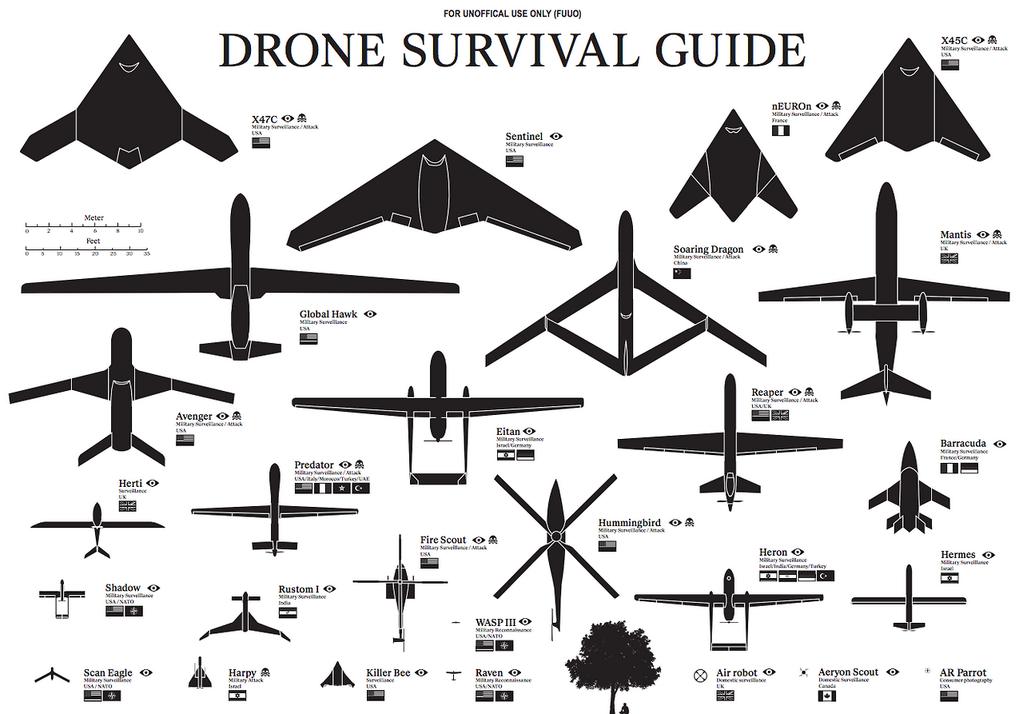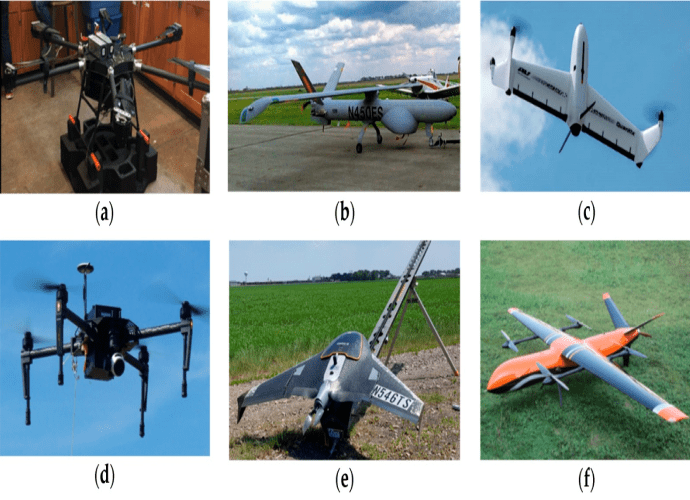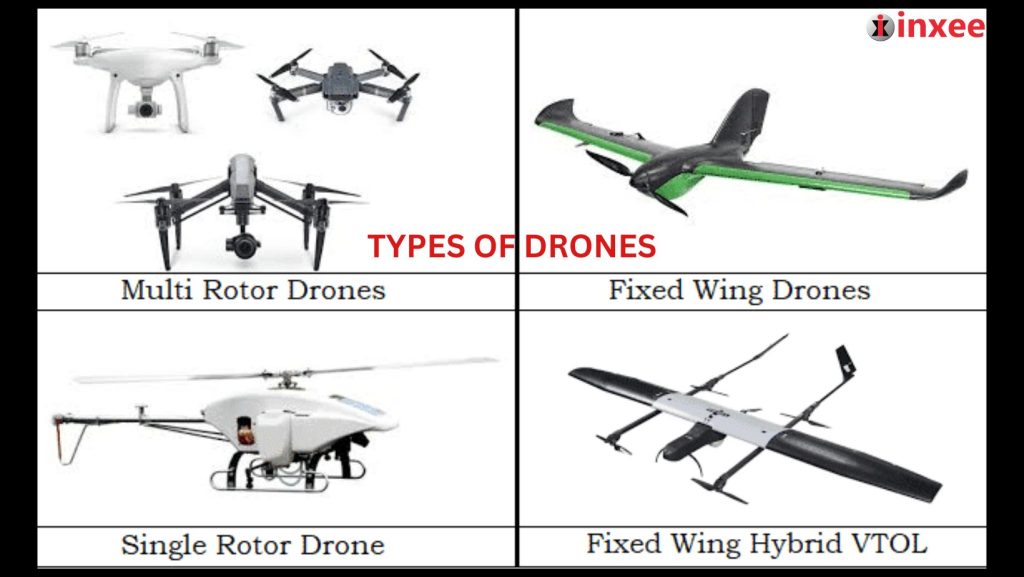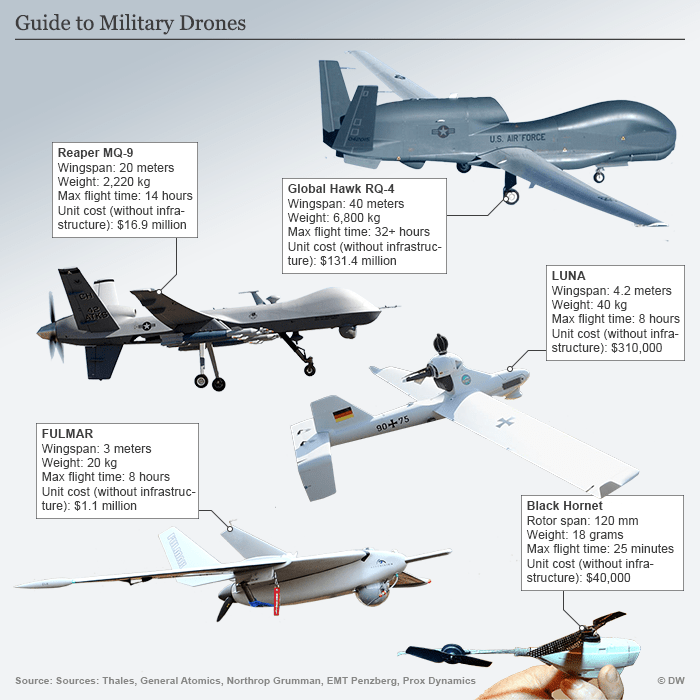Physical Address
304 North Cardinal St.
Dorchester Center, MA 02124
Physical Address
304 North Cardinal St.
Dorchester Center, MA 02124


This post may contain affiliate links. As an Amazon Associate, we may earn commissions from qualifying purchases.
Have you ever wondered what the buzzing sound above you is, only to look up and see a drone zipping through the sky? Drones have become increasingly popular in recent years, but do you know the many different types that exist? As you discover more about drones, you will find that they can be classified in numerous ways based on their design, purpose, and capabilities. Let’s embark on an exciting journey into the world of drones and uncover what distinguishes each type.
Before diving into the various types, it’s important to grasp what a drone is. In simple terms, a drone is an unmanned aerial vehicle (UAV) that can be remotely controlled or can fly autonomously using software-controlled flight plans. Drones have captured the imaginations of hobbyists, professionals, and enthusiasts alike due to their versatility and wide-ranging applications.
Long gone are the days when drones were solely employed for military purposes. With advancements in technology, they’ve expanded into several domains including agriculture, entertainment, delivery services, and even underwater exploration. You might be amazed at just how ubiquitous drones have become in diverse fields.
Understanding the key components of drones can provide insight into their functionality:

Among the most common, multirotor drones are popular for aerial photography and recreational use. They have multiple rotors, usually ranging from three to eight, which means they can hover steadily and are easy to operate.
Their ability to hover and stay in one position makes them ideal for capturing detailed aerial shots. Additionally, they are relatively easy to construct and control, making them accessible to beginners. Photographers and hobbyists alike often choose these drones.
Unlike multirotor drones, fixed-wing drones resemble airplanes and require a runway or a hand launch. Once in the air, they glide forward using their wings, which means they can cover larger distances and stay aloft longer than their multirotor counterparts.
Fixed-wing drones are perfect for mapping and surveying large areas, due to their ability to cover significant ground quickly and efficiently. They are commonly used in agriculture and environmental monitoring, offering valuable data on vast landscapes.
True to their name, hybrid drones combine features of both multirotor and fixed-wing drones. They take off and land vertically (like multirotor drones), but fly efficiently like fixed-wing drones once airborne.
The flexibility of hybrid drones makes them suitable for a variety of applications, including long-distance delivery and agricultural monitoring. They effectively combine the best of both worlds, balancing maneuverability with range.
Single-rotor drones resemble traditional helicopters. They have one large rotor and a smaller tail rotor for stability. While more complex and generally more expensive than multirotor drones, they offer longer flight times and carry heavier loads.
Their ability to carry heavy payloads makes them advantageous for applications such as surveying and LiDAR mapping. Their longer flight time also expands their applicability to various professional uses.
These drones are an advanced form of hybrid drones that can hover and take off like a helicopter but transition to fixed-wing flight for greater speed and efficiency.
Fixed-wing hybrid VTOL drones are invaluable for beyond visual line of sight (BVLOS) operations, enhancing safety inspection tasks and aerial mapping over large areas.

Amazon and other companies have popularized delivery drones suited for transporting packages. They’re designed for short to medium distances and prioritize safety, efficiency, and precision.
These drones are tailored to assist in various agricultural tasks, such as spraying crops, monitoring field health, and collecting data to improve yields. They are revolutionizing precision agriculture.
While most drones soar the skies, underwater drones, also known as ROVs (Remotely Operated Vehicles), explore the depths of the ocean. Perfect for mapping ocean floors, these drones aid scientific research, exploration, and environmental monitoring.
Mapping the ocean floor with drones involves several sophisticated techniques. You might be intrigued to learn how these devices navigate the underwater world:
Utilized by marine biologists, environmental organizations, and even government bodies, underwater drones provide invaluable data for understanding our blue planet.
For those with a need for speed, racing drones are tailored for fast-paced racing events. They are optimized for speed and agility, often piloted in first-person view (FPV) to emulate the thrill of being airborne.
Originally the mainstay of military operations, these drones offer surveillance, reconnaissance, and, at times, offensive capabilities. They’ve transformed how modern warfare is conducted, providing strategic advantages.

When selecting a drone, considering your needs is vital. Here’s a handy table to guide your decision-making process based on popular applications:
| Purpose | Recommended Drone Type |
|---|---|
| Aerial Photography | Multirotor Drones |
| Large Area Survey | Fixed-Wing Drones |
| Heavy Load Tasks | Single-Rotor Drones |
| Underwater Survey | Underwater Drones |
| Speed and Racing | Racing Drones |
| Agriculture | Agriculture Drones |
| Package Delivery | Delivery Drones |

As technology evolves, drones are poised to become even more sophisticated, leading to expanded use cases. From medical emergency responses to the potential for personal transportation, you can expect drones to integrate even more seamlessly into everyday life.
Some emerging trends include:
The sky truly is the limit for drones, continuously shaping the future.

In exploring the multifaceted universe of drones, you can appreciate their versatility and potential. As technological marvels, drones have moved beyond mere gadgets to become essential tools across various sectors. Whether you’re considering a drone for recreation or professional purposes, understanding the different types provides a valuable foundation for making informed decisions. So the next time you hear the hum of propellers above or contemplate the mysteries beneath the waves, you’ll know—drones are changing the way we see our world.